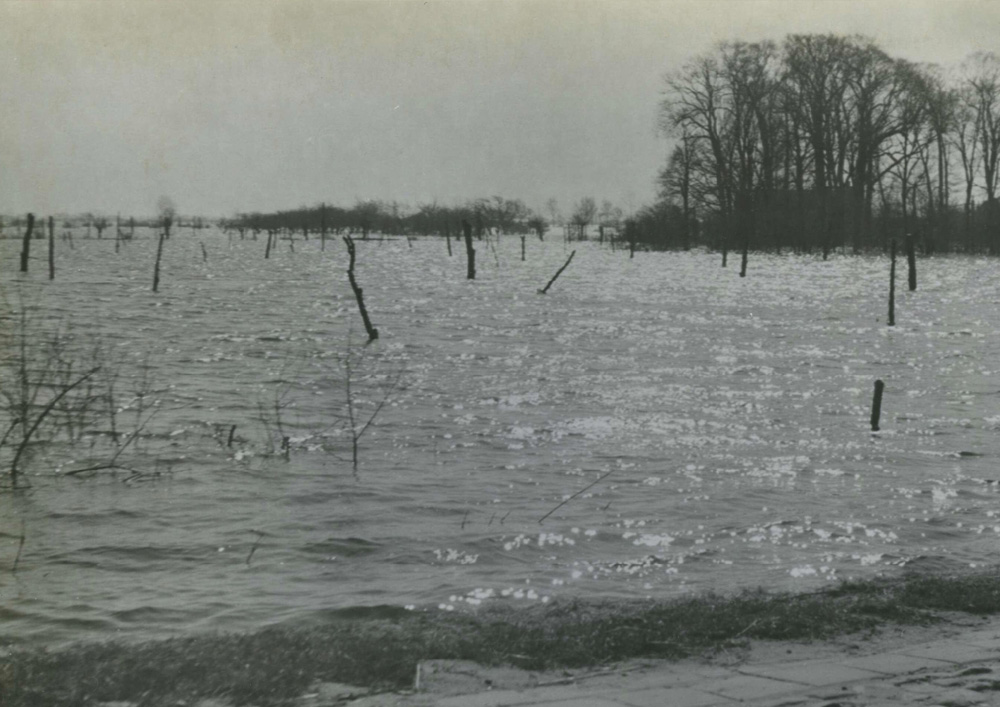No products in the cart.


Rommel's "Asparagus"
Field Marshal Erwin Rommel was tasked with inspecting the coastal defense works on the Western Front in late 1943 and early 1944. According to Rommel, the “Battle for Europe” would be fought on the coastline, which therefore had to be fortified with obstacles and minefields. The entrenched logs, often fitted with landmines and explosives, were his idea. Due to their vertical or slanted placement in the ground, they became known as “Rommel’s Asparagus.”
Firewood
The Rommel’s Asparagus in the Liberation Park are placed closer together than they were during the war. The actual spacing between the poles corresponds to that of the old telephone and streetlight poles along the dike in the park. During World War II, approximately 350,000 wooden poles were buried on Walcheren. These logs came from the hinterland, where many trees were felled at the time.
After the liberation of Walcheren, the harsh winter of 1944-1945 set in. Due to a shortage of coal and firewood, many Rommel’s Asparagus were removed from the landscape and used to heat Zeelandic homes.


